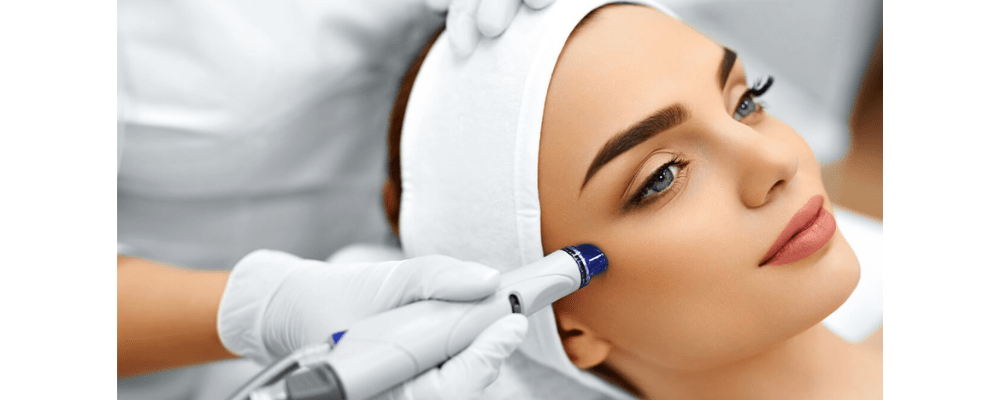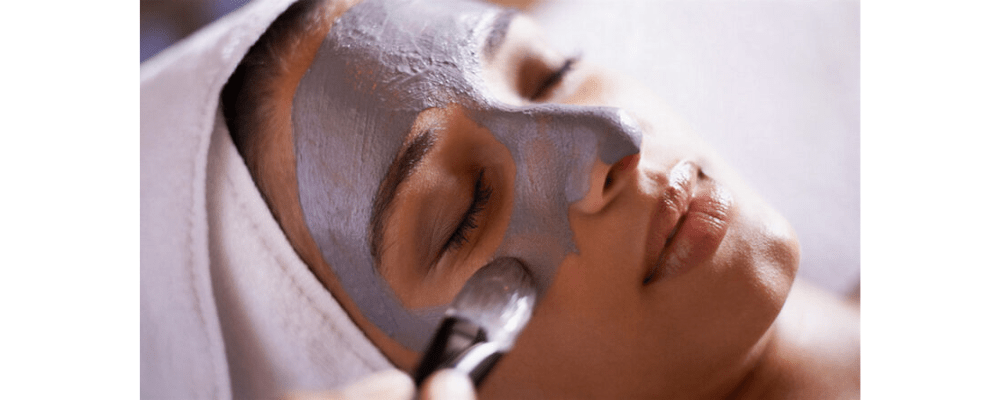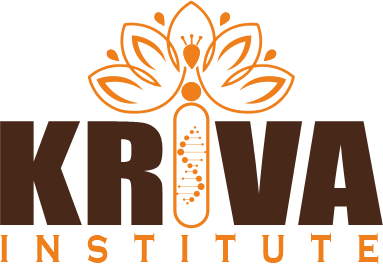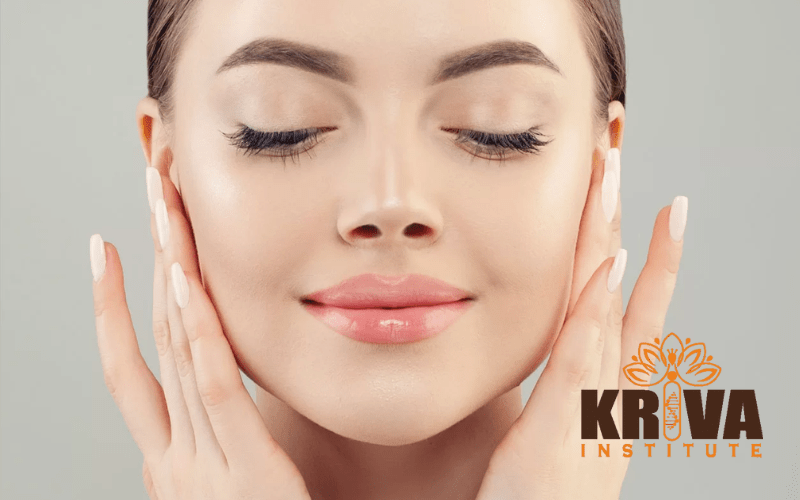Facial aesthetics is a growing field that combines the art of beauty with the science of medicine. As the demand for non-surgical cosmetic treatments rises, so does the need for qualified professionals who can deliver these services with precision and care. If you’re considering a career in facial aesthetics, understanding the qualifications required and the core areas of expertise is crucial. In this comprehensive guide, we will explore the qualifications necessary to excel in this field and delve into the seven main aesthetics that every practitioner should master.
Qualifications for Facial Aesthetics
Facial aesthetics is not merely about enhancing appearances; it’s about ensuring patient safety, achieving natural-looking results, and maintaining ethical standards. Therefore, the qualifications required to make a career in this field are rigorous and multifaceted. These qualifications ensure that practitioners have the knowledge, skills, and ethical grounding to provide high-quality care.
Educational Background
The journey to a career in facial aesthetics typically begins with a background in healthcare. Most professionals in this field start as doctors, dentists, or nurses. A degree in medicine, dentistry, or nursing is often a prerequisite, as these disciplines provide a strong foundation in human anatomy, physiology, and patient care.
- Medical Doctors (MDs): Specialization in dermatology or plastic surgery can provide an edge, but general practitioners can also enter the field with additional training.
- Dentists (DDS or DMD): Dentists, particularly those with expertise in oral and maxillofacial surgery, are well-suited for facial aesthetic procedures.
- Registered Nurses (RNs): With a focus on aesthetic nursing, RNs can become skilled in administering injectables and other non-surgical treatments.

Additional Certifications and Training
After completing their initial healthcare education, aspiring facial aesthetic practitioners must undergo specialized training. This training can include:
- Certification Courses: Many institutes, including the Kriva Institute, offer certification courses in facial aesthetics. These courses cover various treatments such as Botox, dermal fillers, chemical peels, and more. Completing these courses demonstrates a commitment to the field and ensures that practitioners are up-to-date with the latest techniques and safety protocols.
- Hands-On Workshops: Practical experience is crucial. Workshops provide hands-on training under the supervision of experienced professionals, allowing trainees to refine their skills in real-world settings.
- Advanced Diplomas: Some professionals may choose to pursue advanced diplomas in aesthetic medicine or cosmetic dermatology. These programs delve deeper into the science behind treatments and offer a more comprehensive understanding of facial aesthetics.
The 7 Main Aesthetics in Facial Aesthetics
Mastery of the following seven main aesthetics is essential for anyone looking to build a successful career in facial aesthetics. Each of these areas focuses on different aspects of facial enhancement and requires a unique set of skills.
1. Botox and Neuromodulators
Botox is perhaps the most well-known treatment in facial aesthetics. It involves the injection of botulinum toxin to temporarily paralyze specific muscles, reducing the appearance of wrinkles and fine lines. Neuromodulators like Botox are commonly used on the forehead, around the eyes (crow’s feet), and between the eyebrows (glabellar lines).
- Qualification Requirements: Proficiency in facial anatomy and an understanding of muscle movement are essential. Practitioners must also be skilled in injection techniques to ensure precise application and natural results.
2. Dermal Fillers
Dermal fillers are used to restore volume and fullness to the face. These injectable treatments can enhance lips, cheeks, and jawlines, as well as smooth out deep wrinkles and folds. Hyaluronic acid-based fillers are the most common, though other materials are also used.
- Qualification Requirements: Knowledge of facial structure, particularly fat pads and skin layers, is crucial. Training in various injection techniques, such as linear threading and cross-hatching, is also necessary.
3. Chemical Peels
Chemical peels involve the application of a chemical solution to the skin, which causes it to exfoliate and eventually peel off. This treatment is used to improve the appearance of the skin by reducing wrinkles, scars, and hyperpigmentation.
- Qualification Requirements: A deep understanding of skin types and conditions is required. Practitioners must be able to assess the patient’s skin and choose the appropriate peel strength and type (superficial, medium, or deep) for optimal results.
4. Microneedling
Microneedling, also known as collagen induction therapy, involves the use of fine needles to create micro-injuries in the skin. This stimulates the body’s natural healing process, leading to increased collagen and elastin production.
- Qualification Requirements: Practitioners must be adept at using microneedling devices and have a solid understanding of wound healing processes. Proper training ensures that treatments are both safe and effective, minimizing the risk of complications.
5. Laser Treatments
Laser treatments in facial aesthetics are used for a variety of purposes, including hair removal, skin resurfacing, and the treatment of vascular lesions and pigmentation issues. These treatments rely on targeted light energy to achieve desired outcomes.
- Qualification Requirements: Extensive training in laser physics and safety protocols is essential. Practitioners must understand the different types of lasers and their applications, as well as how to adjust settings based on skin type and condition.
6. Facial Contouring
Facial contouring involves the use of various techniques to enhance the shape and proportions of the face. This can include non-surgical procedures like fillers and Botox, as well as surgical options for more dramatic changes.
- Qualification Requirements: A strong grasp of facial aesthetics principles, including symmetry and balance, is necessary. Practitioners must be skilled in both analysis and execution to achieve harmonious results.
7. Skincare Treatments
In addition to invasive and non-invasive procedures, a career in facial aesthetics also involves expertise in skincare. This includes recommending and administering treatments like facials, microdermabrasion, and advanced skincare products to maintain and enhance the results of aesthetic procedures.
- Qualification Requirements: Knowledge of dermatology and skincare ingredients is crucial. Practitioners should be able to create personalized skincare regimens that complement other aesthetic treatments and promote overall skin health.

The Role of the Kriva Institute in Your Career Development
At the Kriva Institute, we understand the complexities and demands of a career in facial aesthetics. That’s why we offer a comprehensive range of courses designed to equip you with the knowledge, skills, and confidence needed to succeed in this dynamic field.
Why Choose Kriva Institute?
- Expert Faculty: Our instructors are leaders in the field of facial aesthetics, bringing years of clinical experience and teaching expertise.
- State-of-the-Art Facilities: We provide a modern learning environment with access to the latest technologies and tools used in facial aesthetics.
- Flexible Learning Options: Whether you’re a full-time professional or just starting, our flexible course schedules and online learning options make it easy to advance your education.
- Career Support: From networking opportunities to job placement assistance, the Kriva Institute is committed to supporting your career every step of the way.
Conclusion
A career in facial aesthetics, a key area within aesthetic medicine, offers the opportunity to blend artistry with science, transforming lives through enhanced beauty and self-confidence. However, success in this field requires a solid educational foundation, specialized training, and a commitment to ongoing learning. By mastering the seven main aesthetics and obtaining the necessary qualifications, you can build a rewarding career that meets the growing demand for non-surgical cosmetic treatments.

